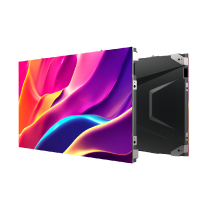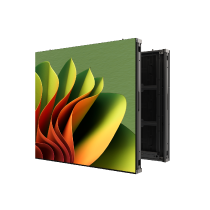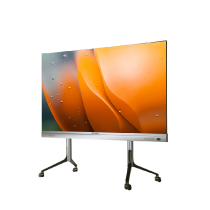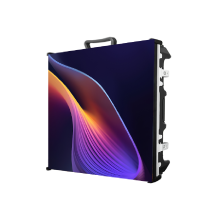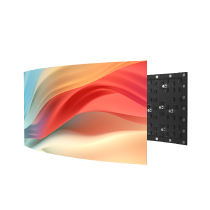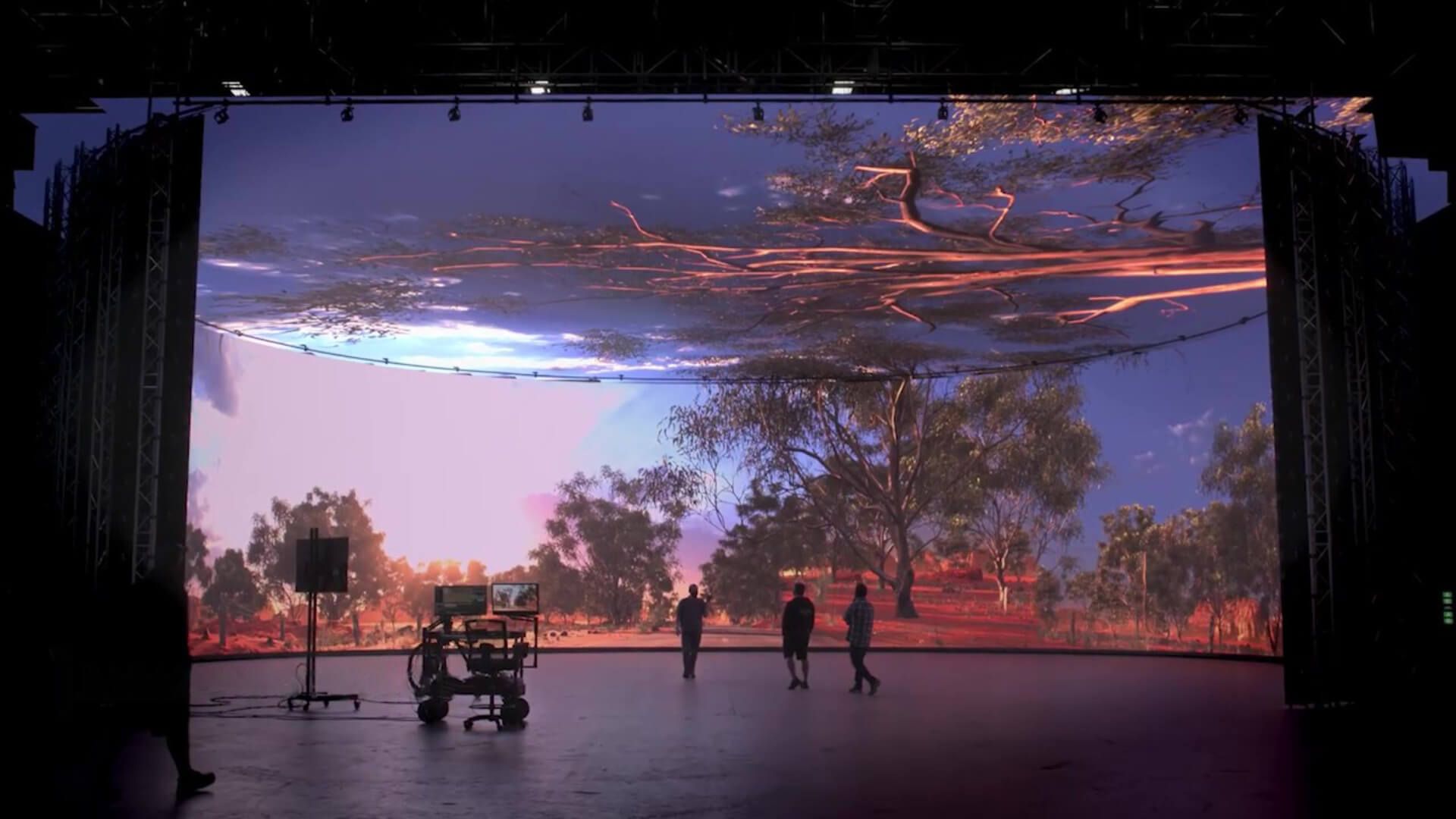What if you could create a stunning desert landscape or an alien world in real-time? No need to wait for hours of post-production. Productions like The Mandalorian have highlighted this new frontier, where the line between physical and virtual worlds is becoming increasingly blurred. Today, a major shift is taking place: moving from traditional green screens to immersive LED backdrops.
The Legacy and Limitations of Green Screens
Green screens have long been a cornerstone of filmmaking, enabling breathtaking scenes and unseen galaxies to come to life in post-production. However, they also introduce challenges like color spill and uneven lighting. As most creative crews know, addressing shadows, green tones, and precise color keying is time-consuming, often stretching both budgets and patience.
For actors, performing againsta blank green stage can be disengaging. It disconnects them from the authenticity of their craft. It's not easy to work up subtle reactions to surroundings that will exist only later.
Additionally, compositing work, such as matching lights, removing color spill, and refining edges, requires painstaking effort. Each pixel demands attention, adding pressure to both timelines and production costs.
The Rise of LED Backdrops
These disadvantages have, however, been overcome by filmmakers and studios as the usage of LED technology is becoming more common. Rich in detail, adaptable, and vibrant, LED screens have opened a fresh level of filmmaking immersion.
